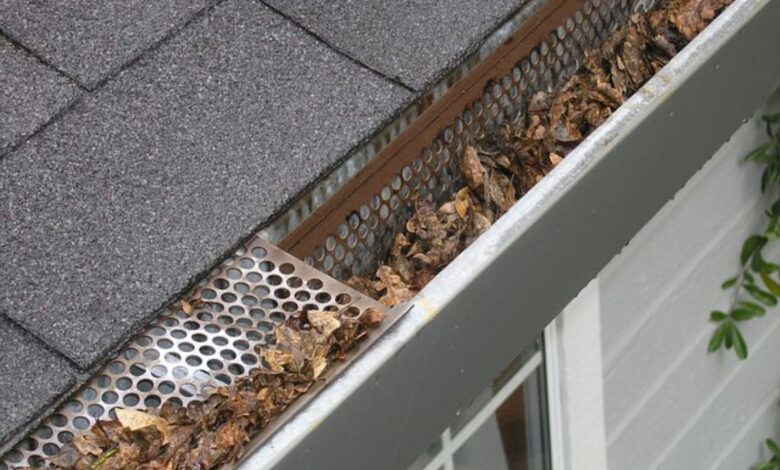Spring Cleaning Tips to Make Your Garden More Beautiful

One of the best benefits of home ownership is the freedom to create a beautiful garden. But maintaining a healthy garden that can weather each season is a challenge that requires extensive planning and thorough research. As the colder seasons wind down, you’re probably excited to think ahead to springtime blooms.
Experienced gardeners know that spring is an excellent opportunity to freshen up your space and make room for new growth, but in order to secure the vibrant garden of your dreams, you’ll need to spend some time spring cleaning.
Here are some tried and true spring cleaning tips you can take to give your plants the best chance at a successful season.
Choosing the Right Moment to Prepare
There is no one time of year that everyone should start priming their garden for spring. Each property’s optimal time varies from region to region depending on geography, weather, and microclimate. The rule of thumb to determine when you should start cleaning your garden comes down to temperature: hold off until your average daytime temperature reaches at least 50 degrees Fahrenheit for at least one full week.
Starting to prime your plants too early can result in accidentally disturbing the hibernating insects that you rely on. Pollinators like bees and pest-eliminators like wasps hunker down inside your plants during the winter, and waking them up too early can kill them. You’ll need them around throughout the spring and summer seasons, so it’s best to leave them alone by putting off your cleaning as long as possible.
Remove Dead Growth
Once the weather changes enough for you to begin your spring cleaning, the first step is to remove the buildup of dead plants. To begin, search for dead annual plants to pluck out. After you’ve found them all, you can start raking dead leaves – carefully. Again, you don’t want to disturb important insects, so keep an eye out for butterfly and moth cocoons while raking.
These dead plants have excellent nutrients, so be sure to add them to your compost.
Be Careful with Mulch
You might be tempted to remove winter mulch. For much of your garden, this will be fine, but the main thing to check before doing so is your perennial growth. For any perennials still standing from fall, it’s safest to wait until you see new growth at the base of the plants before removing their winter mulch.
When it comes to mulch, it’ll likely still be too early in the season to add a new batch to your garden. Those insects will still be waking up, and adding mulch too early will prevent them from safely emerging from the ground. Wait until the weather is warmer and drier.
Prune Your Perennials
Spring is all about growth, so pruning the plants you already have is critical.
Start by pruning perennial flowers and shrubby plants. Doing this early will help encourage new growth because some plants with wooden stems only bloom on new branches. When you start to see new stem growth or small budding at the base of the plant, you’ll know it’s time to prune.
Trim Your Evergreens
Sweep your garden for any evergreen or semi-evergreen plants that look overgrown. Though they might not go fully dormant during the winter, it’s still smart to trim them up to encourage fresh growth for the new season.
Another easy step when it comes to pruning is to trim back ornamental grasses within a few inches of the ground – you don’t even have to wait for new growth before cutting them back.
Take extra care when pruning and trimming trees. Many trees that bloom in the spring grow their flower buds before the spring season, so you won’t want to clip off those flowers before they can grow. Research your specific types of trees to be sure.
Test Your Soil
In order to know how much composting and fertilizers to use, you need to check your soil’s pH level. You’ll want rich, healthy soil for a booming spring, so either add a top dressing to good soil or add synthetic fertilizer to weaker soil once you start seeing new growth.
Get Staking Out of the Way
Before your plants grow too tall, it’s ideal to bite the bullet and stake your plants early. It won’t look too attractive at first, but later in the season, you’ll be grateful you got this tedious task out of the way.
Invest in Gutter Cleaning
Outside of the garden itself, gutter cleaning is one of the best proactive steps you can take to protect your property’s soil, and in turn, your plants. Clogged gutters can result in unmanaged water seeping into your garden, eroding soil, and destroying your favorite plants – especially during spring, when snow melts and moisture gather around your gutters.
Maintaining clean gutters allows you to control water channels and eliminate the threat of flooded gardens during wet springs.




